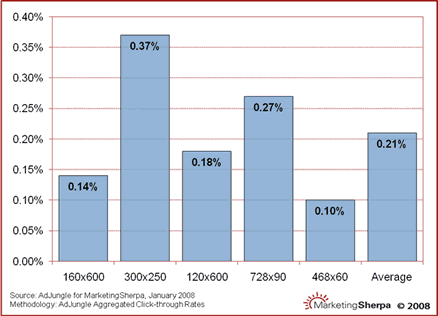tEarn introduced exitmercials, the pioneering approach for inexpensive, high ROI advertising. It's also the simplest, self-service network.
- Website name
- Approve
- No banner, no keywords. No search engine optimization.
- No creative efforts to trick visitors into clicking - just count the extra views on your website (or any webpage.)
- tEarn qualifies viewers. We deliver the serious customers to a website; and skip the visitors who hop in and out.
- We present your website as an ad. It's frontmost and the exclusive ad on the page.
- You pay only when a visitor views that exclusive ad; not on delivery to a cluttered page where we only guess the actual number of views.
- We make sure your webpage look great on any screen, from laptops to desktops, PC's to Mac's, iPhones to 60" LCD displays, and with dozens of browsers and versions.
- We limit ad deliveries to those who block 'cookies.' You don't waste money on customers who respond badly to advertising.
- We make sure your ad is only shown once per day per user. You don't waste repeated views to the same person.

 Steve Demeter developed the iPhone puzzle game
Steve Demeter developed the iPhone puzzle game 






 Google, in its quest to convince people that its search ad deal with Yahoo is a good thing for the industry -- and not a monopoly over search -- has launched a
Google, in its quest to convince people that its search ad deal with Yahoo is a good thing for the industry -- and not a monopoly over search -- has launched a 
 Yahoo's fat as hell, and they're not going to take it anymore. So they've
Yahoo's fat as hell, and they're not going to take it anymore. So they've  Browser vendor
Browser vendor 






